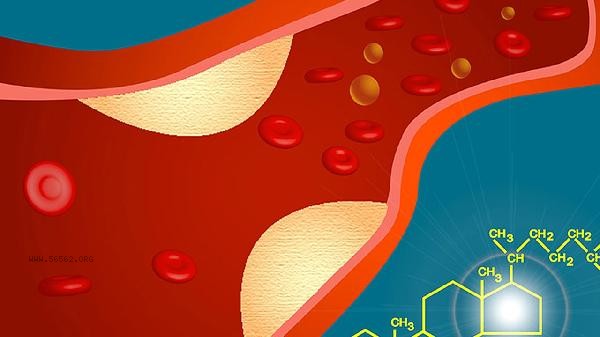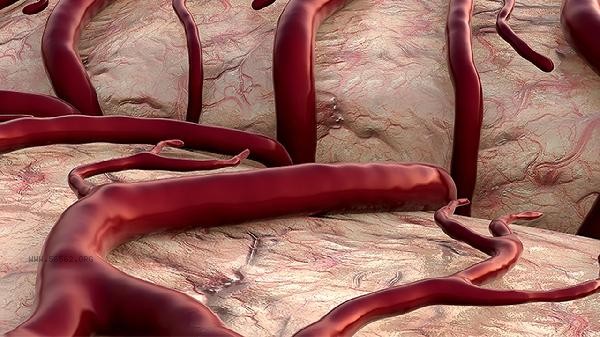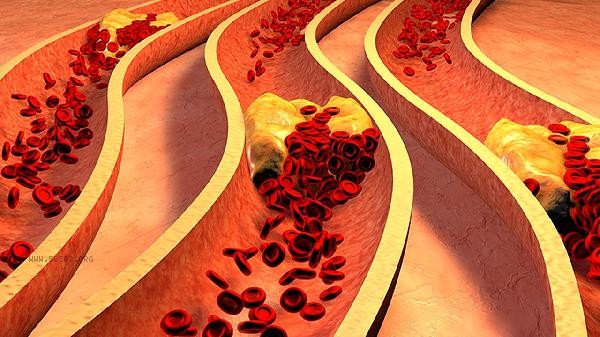The main reason for the increase of blood pressure due to renal artery stenosis is the decrease of renal blood flow, the activation of renin angiotensin aldosterone system, which causes vasoconstriction and fluid retention. Renal artery stenosis is common in atherosclerosis, fibromuscular dysplasia and other diseases. The treatment methods include drug therapy, angioplasty and surgery.

1. Genetic factors: Some renal artery stenosis is related to genetics, such as fibromuscular dysplasia, which is more common in young women and may be caused by genetic mutations. Genetic factors lead to abnormal vascular wall structure, gradually forming stenosis and affecting renal blood flow.
2. environmental factors: long-term high salt diet, smoking, alcoholism and other bad habits can accelerate the formation of atherosclerosis, leading to renal artery stenosis. Harmful substances in environmental pollution may also cause damage to blood vessels.
3. physiological factors: with age, vascular elasticity decreases, and the risk of atherosclerosis increases. Chronic diseases such as obesity, diabetes and hypertension will also increase the burden of blood vessels and promote the occurrence of renal artery stenosis.

4. Trauma: Abdominal or lumbar trauma may directly damage the renal artery, leading to vascular stenosis. Although this situation is not common, once it occurs, it may trigger acute hypertension.
5. Pathological factors: Atherosclerosis is the main cause of renal artery stenosis. Lipid deposits in the blood vessels form plaques and gradually block the blood flow. Fibromuscular dysplasia is another common cause, characterized by abnormal proliferation of fibrous tissue in the middle layer of the vascular wall, leading to narrowing of the lumen. The treatment methods for SEP include drug therapy, angioplasty, and surgical treatment. Commonly used antihypertensive drugs in drug therapy include ACE inhibitors, ARB drugs, and lipid-lowering drugs such as statins. Angiogenesis restores blood flow through balloon dilation or stent implantation. Surgical treatment includes renal artery bypass grafting or nephrectomy, and is suitable for severe cases. Hypertension caused by renal artery stenosis should be diagnosed and treated in a timely manner to avoid further damage to kidney function. Regular physical examinations, control of chronic diseases, and improvement of lifestyle habits are important measures to prevent renal artery stenosis. If persistent hypertension or renal dysfunction occurs, timely medical attention should be sought, the cause should be identified, and targeted treatment should be taken.









Comments (0)
Leave a Comment
No comments yet
Be the first to share your thoughts!